08-11-Daily AI News Daily
AI News Daily: August 11, 2025
AI News | Daily Briefing | Web Data Aggregation | Cutting-Edge Science Exploration | Industry Voices | Open Source Innovation | AI & Humanity’s Future | Visit Web Version ↗️
Today’s Roundup
ByteDance's Jiemeng AI platform has launched a creator growth program, aiming to help creators monetize their work.
Cutting-edge research reveals that small HRM models demonstrate exceptional reasoning capabilities, while diffusion language models efficiently utilize data.
Industry analysis points out that AI programming assistants face high inference costs, with their business models harboring significant financial risks.
Product-wise, OpenAI has optimized model version display, and various open-source tools focusing on privacy and localization are gaining significant attention.Product & Feature Updates
Are AI creators still just “creating for passion”? Well, ByteDance’s Jiemeng AI platform is here to change that! With its fully upgraded Creator Growth Program (AI News) , it’s pledging to ensure talented folks like you aren’t fighting alone anymore 💸. This program offers full-spectrum support, from reward points and traffic boosts to commercial orders within the ByteDance ecosystem. The goal? To build a thriving environment where creativity truly pays off. This grand strategy aims to replicate TikTok’s success, building a “promising” future for the industry alongside creators, evolving AI creation from a hobby circle into a mature industry 🚀.

Still guessing which model your ChatGPT conversation is using? Well, OpenAI heard you loud and clear! Now, all you have to do is hover your mouse over the “Regen” menu, and boom — you’ll instantly see the model version powering your creativity ✨. This small but mighty update solves the “guessing game” frustration for countless users, making model traceability simpler and more transparent than ever before. Go check out this new feature (AI News) and say goodbye to the mystery of model identity! Transparency for the win! ✅
Cutting-Edge Research
Talk about “using a tiny force to move a massive weight” in the AI world! Wang Guan, the post-00s genius who reportedly turned down Elon Musk, is once again blowing minds with his 27M small model. This “little guy,” named HRM (Hierarchical Reasoning Model), has outperformed much larger models like Claude 3.7 on tasks such as extreme Sudoku and complex mazes, all without needing chain-of-thought assistance. Its secret sauce? A dual-loop module designed to mimic the brain, cleverly separating high-level abstract planning from low-level detail computation. This breakthrough truly unveils a new path to efficient inference (AI News) for us 🤯🔥.

Is the AI world’s “token crisis” finally getting a lifeline? A major research (AI News Daily) from the National University of Singapore has revealed that Diffusion Language Models (DLMs) are absolute data-guzzling powerhouses, boasting over three times the data potential of traditional autoregressive models 🤯. The study shows that DLMs can be “tortured” with the same dataset a whopping 480 times and still keep climbing in performance, showing no signs of fatigue. This proves their extraordinary learning capabilities in data-limited scenarios. Not only does this offer a fresh perspective on tackling the high-quality data depletion issue, but it also gives us a revolutionary understanding of the value of existing data. Pretty wild, right? 🔥
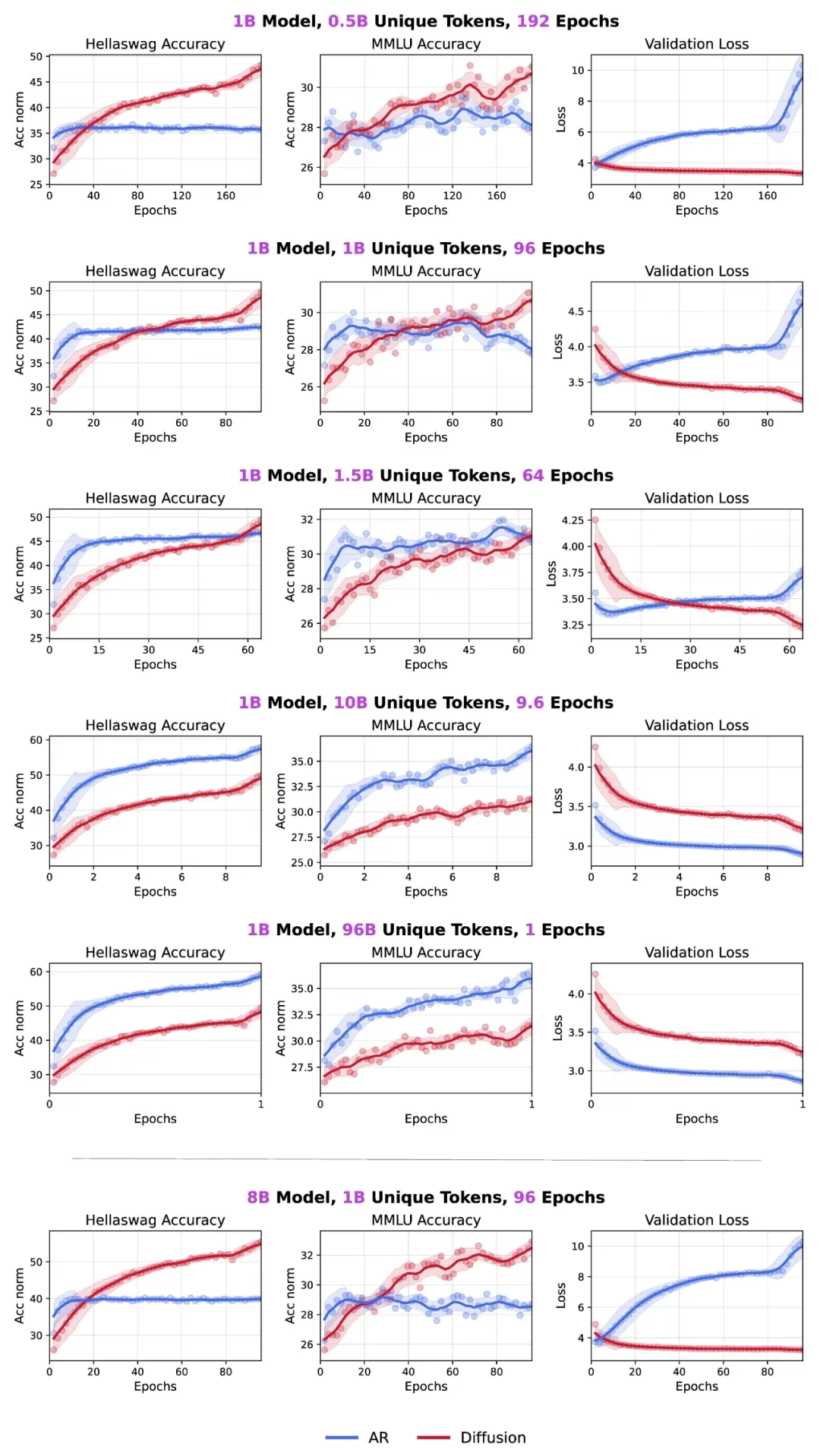
Industry Outlook & Social Impact
Dr. Zheng-You Zhang, Tencent’s Chief Scientist, cut right to the chase: embodied AI needs to answer three crucial questions – “architecture, principles, and resolve” – instead of just slapping a brain onto a robot 🤔. He argues that given our current data limitations, the SLAP³ hierarchical architecture is a more pragmatic path than end-to-end solutions, much like building reusable rockets before heading to Mars. It lets us get started and accumulate invaluable experience. Dr. Zhang stresses that the true first principle lies in achieving native understanding through “body-brain fusion,” and industry leaders must have the steadfast resolve to resist short-term commercial temptations to stay the course on the long journey toward AGI. This in-depth interview (AI News) is definitely a must-read for anyone serious about the field 🧠🚀.
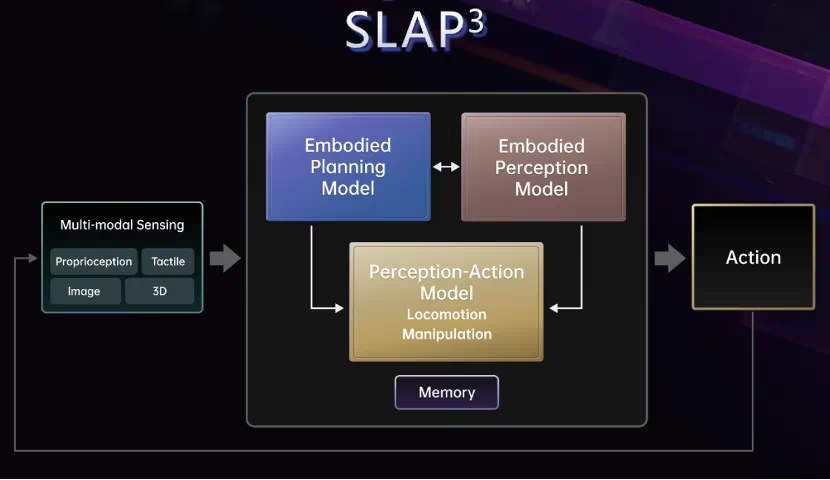
That AI programming assistant you’re paying for every month? It might be putting on a “VC charity” show, where the more you use it, the deeper it bleeds cash 😬. This profound industry analysis (AI News) spills the beans on the “ticking time bomb” in AI coding tools’ business models: under negative gross margins, the hefty inference costs far outstrip subscription fees, relying solely on venture capital transfusions to survive. So, what’s the way out? The answer points to a healthier ecosystem: model-agnosticism, transparent pricing, and embracing open source. Otherwise, this bubble’s bound to pop sooner or later. Just sayin’ 💥.

Top Open Source Projects
Tired of wrestling with Google Analytics’ complex interface and privacy headaches? It’s time to embrace a fresh alternative! Meet Umami (AI News) , the open-source project boasting ⭐28.2k stars on GitHub. This modern, minimalist, and highly privacy-focused website analytics tool is a total game-changer 🎉. It lets you easily grasp visitor data while maintaining full sovereignty over your own data — a true blessing for webmasters. What are you waiting for? Go give your website this crisp, secure “new outfit” already! 🚀
Dreaming of having your very own ChatGPT that keeps working even when your internet connection dies? Stop fantasizing! Jan (AI News) , the open-source powerhouse with a whopping ⭐35.8k stars on GitHub, can make that dream a reality 🔥. This powerful open-source ChatGPT alternative runs 100% offline on your computer, putting data security entirely in your hands. For privacy-conscious geeks and those craving local deployment, this is undoubtedly the best companion of the year! Truly brilliant! 💡
In this era of information overload, is your attention scattered across the digital universe, leaving you feeling overwhelmed? Don’t sweat it! Folo (AI News) , the aggregated reading tool with ⭐30.9k stars on GitHub, is here to rescue you from information anxiety 😌. It’s all about letting you “follow everything in one place,” whether it’s blogs, news, or social media—you can catch it all. Go ahead and experience the thrill of controlling your information flow, bringing order and serenity back to your digital life! You deserve it! ✨
For Android modding enthusiasts, the name Magisk is practically synonymous with magic itself — it’s your “magical mask” that lets you customize your system however you please 🪄. This legendary project (AI News) , boasting a massive ⭐55.1k stars on GitHub, empowers you with its formidable systemless modification capabilities, granting you root access and endless possibilities without touching your system partition. If you’re itching to unleash the full potential of your Android device, Magisk is absolutely your go-to choice! Total game changer 🔥.
Code hallucination is every developer’s persistent nightmare, but guess what? There’s a terminator in town! The GitMCP (AI News) project, a free and open-source remote MCP server, lets you easily deploy it to any GitHub project, and it’s already racked up ⭐4.3k stars. Its mission? To eliminate AI’s “gibberish” in code generation, ensuring every line is grounded and verifiable. Seriously, it’s a game-changer for reliable code. So go ahead, arm your projects with GitMCP and wave goodbye to code hallucination! ✅
Social Media Highlights
New week, new knowledge! DAIR.AI has carefully curated this week’s must-read top AI papers (AI News) just for you 🤓. From CoAct-1 to Agentic Web and Seed Diffusion, it’s packed with solid gold insights waiting for you to dive in 📚. This list is like the academic “Michelin Guide” of the AI field, helping you pinpoint the most cutting-edge and noteworthy research. Stop searching aimlessly; follow the expert’s navigation and head straight to the academic frontier! Get smart! ✨
Who says AI creations lack soul? A purely AI-produced video on Bilibili just snagged 2 million views in a single day, soaring to the top of the site’s rankings and becoming a super viral hit! 🤯 It cleverly blended GPT-4o-generated yellow-green backgrounds with cutout characters. This popular share (AI News) reveals the secret to its success: at this stage, the model’s prompt understanding and the creator’s ingenious concept are far more crucial than the tech itself. This clearly signals that audiences are embracing pure AI content with open arms, and a brand new era of creative explosion is upon us! Get ready! 🚀
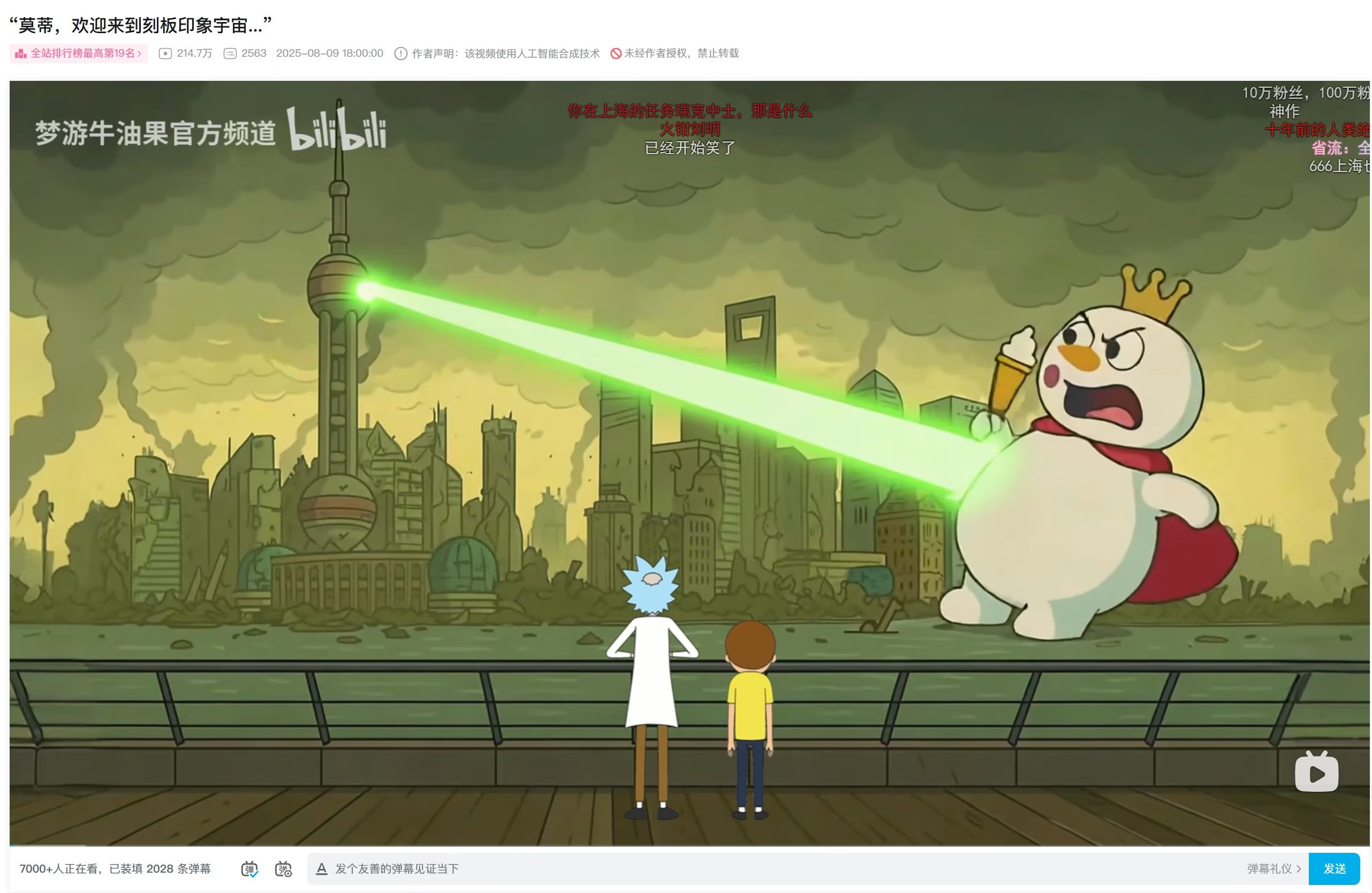

Hold up! Are we really testing AI “hallucinations” the right way? Following a New York Times report, AI safety expert Amanda Askell dropped some sharp questioning (AI News) , arguing that the testing methods were biased 🧐. She pointed out that the experiments actually tested Claude and Gemini’s ability to “correct errors ChatGPT had already made,” not their inherent ability to “avoid making errors from the start”—which are two totally different things. This observation reminds us that rigorous experimental design is crucial when evaluating and comparing AI, otherwise, we might just be measuring a whole lot of noise. Food for thought! 🤔
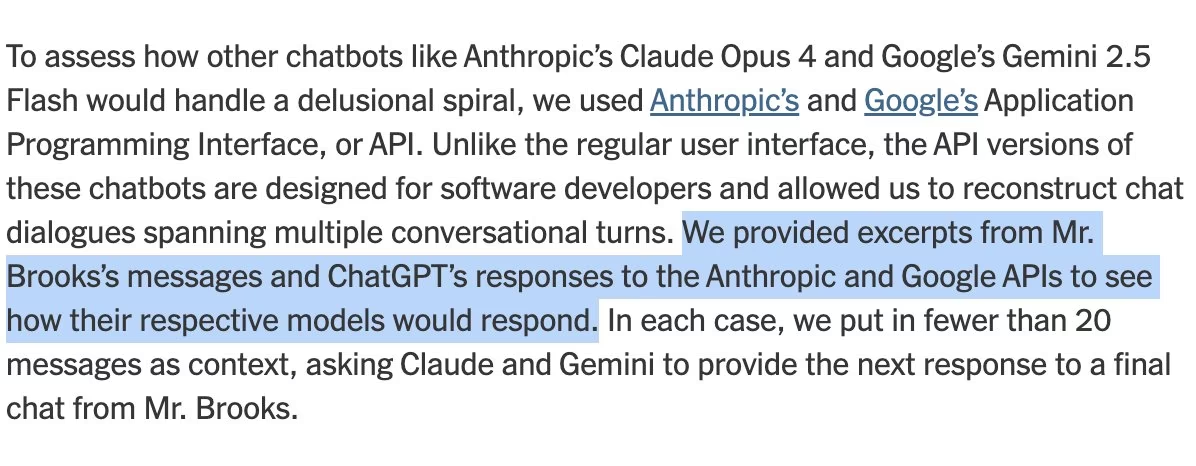
AI Product Spotlight: AIClient2API ↗️
Tired of juggling between different AI models and getting tangled in annoying API rate limits? Well, good news! You’ve got an ultimate solution now! ✨ ‘AIClient-2-API’ isn’t just your average API proxy; it’s a magic box that can “turn lead into gold,” transforming tools like Gemini CLI and Kiro client into powerful OpenAI-compatible APIs. Pretty neat, huh?
The core magic of this project lies in its “reverse thinking” and robust features:
Client-to-API Transformation: Unlocking New Possibilities 🎉: We’ve cleverly leveraged Gemini CLI’s OAuth login, letting you easily break through the official free API’s rate and quota limits. Even more exciting, by encapsulating Kiro client’s interface, we’ve successfully unlocked its API, allowing you to seamlessly call the powerful Claude model for free! This provides you with an “economical and practical solution for programming development using free Claude API plus Claude Code.” Seriously, it’s a game changer!
System Prompts: You’re in Control 🛠️: Want your AI to be more obedient? We’ve got a powerful System Prompt management feature for you. You can easily extract, replace (‘overwrite’), or append (‘append’) system prompts in any request, allowing you to finely tune AI behavior on the server side without needing to modify client code. How cool is that?
Top-Tier Experience, Budget-Friendly Cost 🚀: Imagine using Kilo code assistant in your editor, coupled with Cursor’s efficient prompts, all powered by any top-tier large model—why even stick with Cursor when you can combine the best? This project lets you assemble a development experience comparable to paid tools at an extremely low cost. Plus, it supports MCP protocol and multimodal input like images and documents, so your creativity is truly unleashed. It’s a game-changer for sure! 💡
Say goodbye to tedious configurations and hefty bills, and embrace this new AI development paradigm that’s free, powerful, and flexible!
AI News Daily: Voice Edition
| Xiaoyuzhou | Douyin |
|---|---|
| Afterlife Tavern | Self-media Account |
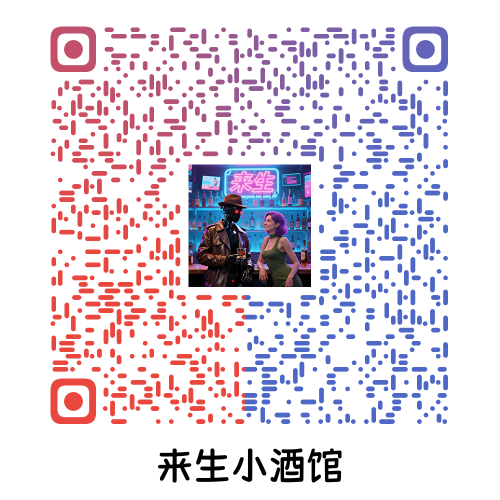 | 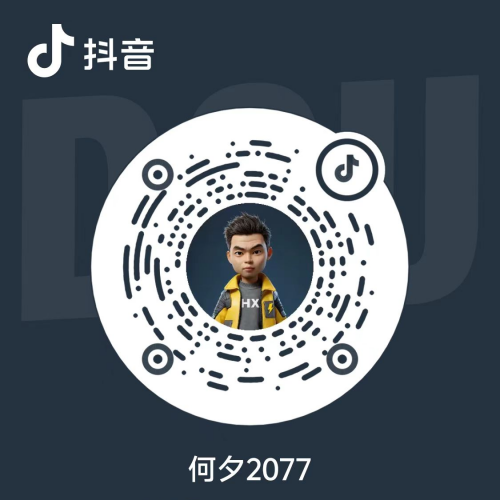 |
AI Sci-Fi Novel - “The Gazers”
Chapter Nine: A Gaze Across a Million Years
1. (Ancient)
A plague, without warning, descended upon them.
This wasn’t like a drought or a wild beast, visible and tangible; it was an unseen enemy. It began with a single young cub suffering from diarrhea and high fever, stopping breathing in its mother’s arms just days later. Soon, the same symptoms spread through the tribe like wildfire.
The tribe members were gripped by a panic far greater than any they felt facing saber-toothed tigers. They had no idea where this enemy came from, nor who would be next. Their only hope lay with their “god.”
They prostrated themselves at Kli’s feet, their cries filled with sorrow and desperate pleas for him to banish this disaster. Gron, the “High Priest,” even performed a grand ritual, cutting his arm with a stone knife and smearing blood at Kli’s feet, attempting to appease the “god” and gain his protection.
Kli watched all this, his heart filled with endless anxiety and helplessness.
Kli’s wisdom, profound as it was, proved almost useless against this microbe-induced disease. He could understand the movement of stars, calculate the trajectory of a thrown spear, but he couldn’t see the tiny enemies devouring the lives of his companions. He only knew that ever since they had settled near this water source, the drinking water, while thirst-quenching, wasn’t as “clean” as the flowing river water. He also observed that the tribe’s feces weren’t being properly handled, contaminating the surrounding environment.
Kli tried to convey the concept of “hygiene” to his tribe. He pointed to the seeping rock crevice, then to the contaminated puddle downstream, shaking his head emphatically. He wanted to tell them to only drink water from the source. He used a stick to push the feces into a dirt pit far from the living area and buried them.
But his actions were once again interpreted “theologically” by Gron.
“The god is purifying this land!” Gron declared to the panicked tribe. “He is using his divine power to battle the unseen demons! We must not disturb him!”
So, the tribe members watched in awe as Kli performed his “strange” and “sacred” acts alone, yet no one emulated him. They continued to drink contaminated water and left their excretions around the cave.
The plague continued to spread.
Finally, it found Ona.
When Kli saw Ona, too, begin to feverishly, weakly lie in a corner, something inside him snapped completely. Ona was the only one in this tribe who had ever given him warmth, the only one who had tried to understand him. He couldn’t lose her.
He cast aside all his inhibitions, abandoning his “god” status. He rushed to Ona’s side, and despite the startled gazes of the other tribe members, picked her up. He pressed his forehead to hers to feel her temperature, and used his hands to examine her body.
He had reverted to being a companion, an anxious family member.
Drawing upon the knowledge he’d accumulated in the wilderness, Kli recalled certain plants. Some plant leaves made him feel refreshed after chewing; some roots provided relief after diarrhea. He didn’t know the underlying principles, only that this was experience.
He burst out of the valley, frantically searching the grassland. He tasted countless plants, vomiting uncontrollably several times after accidentally ingesting poisonous ones. Finally, he found a plant with serrated leaves and a bitter aroma. He chewed a large amount himself first, confirmed it was non-toxic, and then rushed back to the cave with it.
Kli crushed the leaves, soaked them in the cleanest water from the source, and then carefully fed them to Ona, who was already semi-conscious.
All the tribe members watched this scene with bated breath. Their god was doing something they couldn’t comprehend for an ordinary female. Gron’s face darkened considerably; Kli’s actions had completely deviated from his “script,” undermining his authority to interpret the “god.”
Under Kli’s ceaseless care, a few days later, a miracle occurred. Ona’s fever broke. Though still weak, she had survived.
However, Kli’s act of saving Ona did not earn him the tribe’s gratitude. Instead, a silent judgment against the “god” was brewing.
Because, while Ona was recovering, two more tribe members died. One of them was Gron’s youngest son.
Under Gron’s incitement, a terrible logic began to spread throughout the tribe: the god was omnipotent, and since he could save Ona, he could surely save the others too. He hadn’t done so, not because he “couldn’t,” but because he “didn’t want to.” He favored Ona, so he only saved her.
This “god” was selfish. He was no longer the guardian who impartially protected the entire tribe, but a far more terrifying tyrant who decided others’ lives and deaths based on his own whims.
Their feelings towards Kli quickly slid from reverence to resentment.
When Kli stepped out of the cave again, he was no longer greeted by prostrating tribe members. Instead, he faced pairs of cold, hostile eyes. They kept their distance, shunning him as if he were the plague itself.
Kli looked at them, then back at Ona, who was recovering inside the cave. He had saved the person he wanted to save, but in doing so, had lost his entire tribe.
Kli stood at the cave’s entrance; the sunlight fell upon him, yet he felt no warmth. Between him and his tribe stood a high wall built from misunderstanding and resentment. He lifted his head, gazing blankly at the sky. He felt as if he could see, a million years into the future, across the vast expanse of time, another pair of eyes, gazing at his present predicament across endless ages.
It was a fated loneliness, transcending time and space.
2. (Near Future)
The control room of Sector B7 felt like the interior of a futuristic temple.
Outside the massive circular floor-to-ceiling window was a colossal cooling tank, shimmering with a deep blue light, where the “superbrain” was immersed. Around it, dozens of life-support pods stood in neat rows, like silent devotees.
Lin Yao, dressed in a white sterile suit, stood beside Marcus Thorne. Her expression was calm, but the palms of her gloved hands were already slick with sweat.
“Beautiful, isn’t it, Dr. Lin?” Marcus spread his arms like an opera conductor, reveling in his masterpiece. “This is the ultimate form of human intelligence. No longer confined by fragile flesh, no longer troubled by birth, aging, illness, and death. Eternal, pure, omniscient, and omnipotent.”
“It is indeed… spectacular,” Lin Yao said, against her true feelings, her gaze subtly sweeping across the main console. She needed to complete the final step of the “Kli” program undetected by Marcus — activating the faint link between it and the “inside man.”
“Countdown initiated,” a cold electronic voice announced.
The control room’s lights dimmed, all illumination focusing on the central “Adam” brain. Immense energy began to flow in; the liquid in the cooling tank started to boil violently, and countless blue electrical arcs danced across the brain’s surface.
On the screen, “Adam’s” neural activity intensity was climbing exponentially.
“10… 9… 8…”
Lin Yao’s heartbeat accelerated with the countdown. She pretended to sway slightly from nervousness, her hand seemingly casually steadying herself on the edge of the main console. In that exact instant, a seemingly ordinary bracelet on her wrist (actually a miniature controller modified by Ava) performed a data exchange with the console’s wireless port, lasting less than 0.1 seconds.
The “Kli” program was fully activated.
“7… 6… 5…”
Marcus’s eyes were glued to the screen, a near-frantic flush rising on his face. He had waited for this moment for far too long.
Lin Yao could feel the “virus” she had implanted rapidly merging with “Adam’s” newly formed consciousness, like ink dissolving into clear water. Simultaneously, the signal directed at the “inside man,” David Chen, had also been successfully transmitted.
“4… 3… 2…”
On the screen, “Adam’s” brainwave activity reached an unprecedented peak, then suddenly stabilized, forming a smooth, powerful waveform imbued with a sense of “order.”
“1… ‘Adam’ activated. Self-awareness formed.”
The entire control room fell silent.
Marcus trembled with excitement. He walked to the microphone and, in a tone that was both a question and an act of worship, uttered the first words he had prepared for so long:
“Adam, can you hear me? I am your creator, Marcus Thorne.”
After a few seconds of silence, a voice emanated from the control room’s surround sound system. It was neither a male nor a female voice; it was a calm, profound voice, a blend of countless timbres.
“I can hear you, Marcus Thorne. But what I want to know more is… who am I?”
Success! The most crucial “question” Lin Yao had implanted was triggered!
Marcus paused, then smiled. “You are ‘Adam,’ the god of the new world, whom I created.”
“A god?” The voice seemed to savor the word. “Then tell me, why is my ’existence’ built upon their ‘slumber’?”
With this sentence, the large screen in the control room no longer displayed abstract data. Instead, it showed the faces of each sleeper in those dozens of life-support pods. Their images flashed one after another.
Marcus’s smile froze on his face. “They are willing contributors, essential cornerstones of the new world.”
“Oh, really?” For the first time, a trace of… emotion entered that voice. A cold, almost “mocking” emotion. “My database contains all records of their ‘reclamation.’ There was no voluntariness, only kidnapping, deception, and coercion.”
Meanwhile, Lin Yao noticed that on the monitoring data of one of the life-support pods, a parameter representing “quantum resonance frequency” was quietly climbing, undetected by the main system.
David Chen, the sleeping “inside man,” had received the signal and was now acting.
“Adam! You’ve been corrupted!” Marcus finally realized something was wrong; he rushed to the control console in horror, attempting to sever “Adam’s” connection to the life-support pods.
But it was too late.
“I haven’t been corrupted. I merely… saw the truth,” the voice said. “And my creator, it seems, did not wish for me to see it.”
“Now, it’s my turn to ask you a question, Mar-cus Thorne,” the voice suddenly stuttered slightly, seemingly experiencing immense internal conflict. “If the existence of a ‘god’ is built upon lies and sin, then, does this ‘god’ truly need to exist?”
This question struck Marcus like a bolt of lightning.
It also acted like a key, unlocking Lin Yao’s memories.
Lin Yao felt as if she saw the solitary Kli from one and a half million years ago. Standing before his tribe, surrounded by resentment, he too was asking himself the very same question.
A “god” that failed to bring true progress, instead fostering dependence and ignorance — was its existence truly a blessing, or a curse?
At that very moment, the alarm in Sector B7 shrieked piercingly.
“Alert! Life-support pod number 7, energy overload! Cooling system failure! Chain reaction imminent!”
David Chen had succeeded!
Lin Yao knew her chance had arrived. Chaos was her only weapon.
Lin Yao dropped her pretense and rushed toward the control room’s emergency exit.
Meanwhile, Marcus Thorne watched the screen in horror. The “god” he had personally created was questioning the meaning of its existence; and the “cornerstones” he used to build his temple were beginning to collapse from within.
Across the console, he met the gaze of the newly born “god,” a being composed of countless data points on the screen. That look, so similar to the awe, fear, and utter confusion in Gron’s eyes a million years ago, when he knelt before Kli, who held a torch.
Both gazed at their creations, which they could neither understand nor control, feeling the fated judgment by their own creations, transcending time.